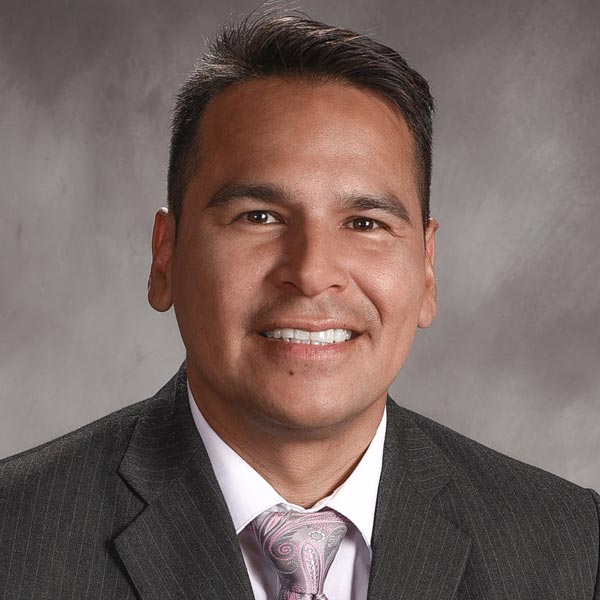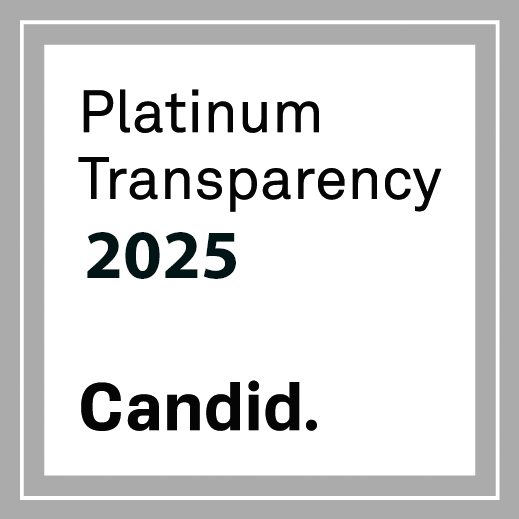The Framework for Tribally Specific Pedagogy is a process and set of tools to help Tribes prioritize their ways of knowing, teaching, and learning in partnership with local education systems. Through this process, Tribal communities define and articulate a pedagogy, and Education Northwest partners with them to bring that vision into practice through training, coaching, and technical assistance for teachers and administrators. We work alongside Tribal leaders to design and deliver supports that strengthen implementation of the instructional strategies identified in the pedagogy framework. Our team contributes expertise in aligning Tribally specific practices with broader school and district priorities, and in developing teacher evaluation systems that are culturally validating and sustaining. We also provide coaching for administrators on using observation tools to recognize and support effective integration of Tribally specific instructional practices in classrooms.
Guiding Principles of the Framework
-

Rooted in Tradition
Rooted in traditional Indigenous systems for educating young people that are well developed and have existed since time immemorial. We know how to educate our children.
-
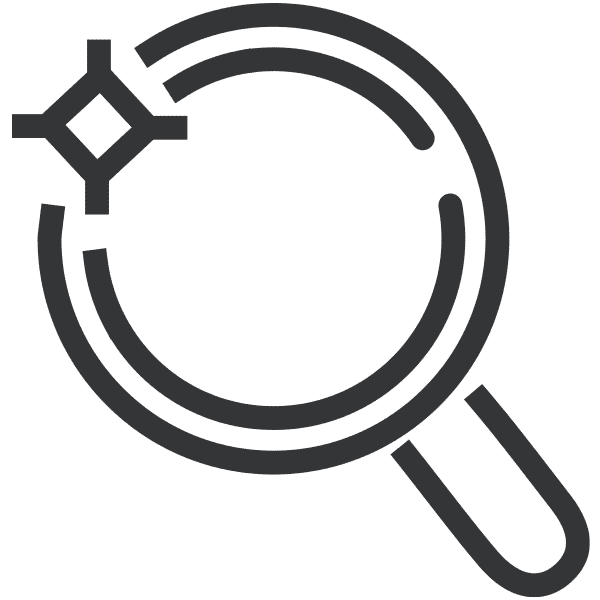
Supported by Research
Indigenous ways of teaching and learning are supported by a growing body of contemporary research, which is finally beginning to catch up to what Indigenous people have known for centuries.
-

Grounded in Specific Tribal Values
To meet the needs of Indigenous learners, it is not enough to teach culture; you must also teach culturally. This requires rethinking—and Indigenizing—the entire local education system, from standards to instruction to assessment to how classrooms are set up.
-
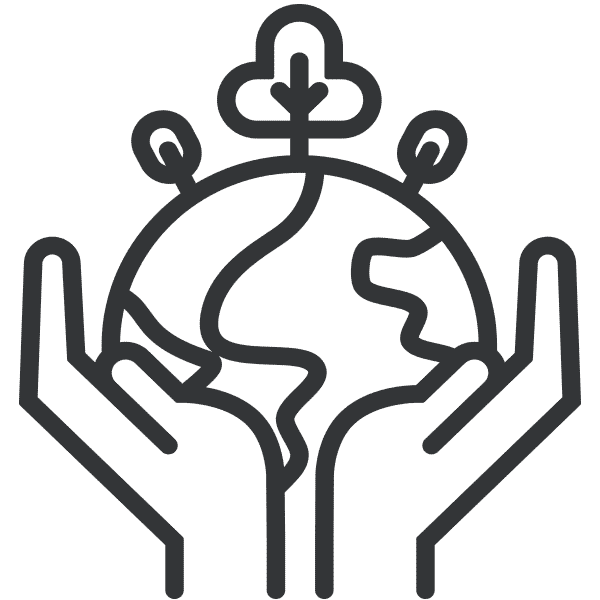
Led by Tribes
The revitalizing and Indigenizing of our education systems must be driven by Tribes and adaptable to individual Tribal cultures. An Indigenous pedagogy is, by definition, local. It is rooted in a specific place and in the community’s relationship to that place.
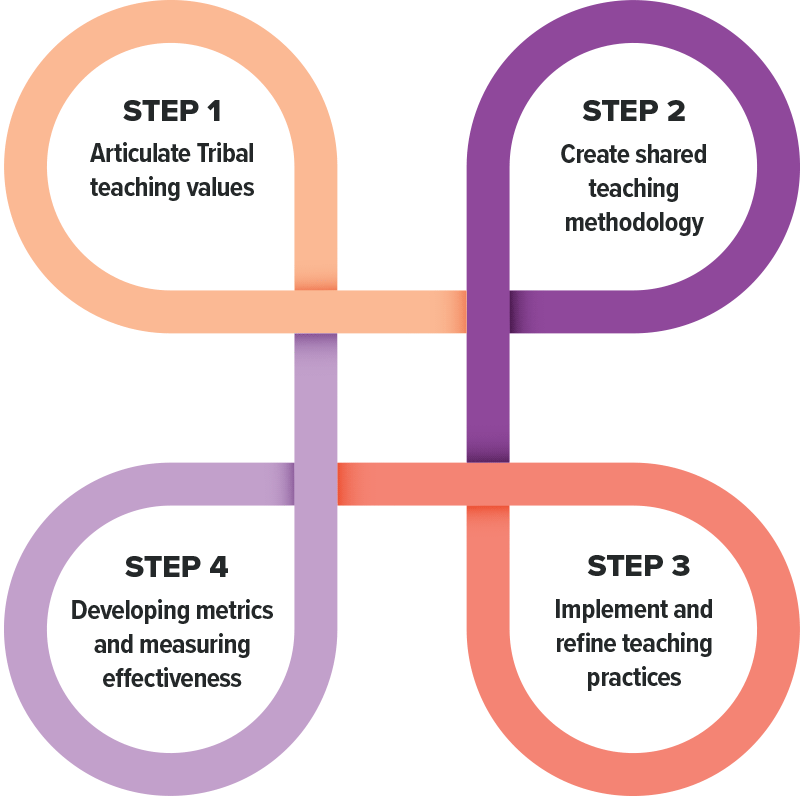
Overview of the Framework Process
The Framework is a four-step process that helps Tribal educators, leaders, advocates, and communities chart a path forward to teach Indigenous students in a way that is culturally appropriate and specific to their unique context, Tribal understandings, and landscape. It also aims to help Tribes articulate and share a pedagogy grounded in their specific values and cultural understandings.
This collaborative process is driven by Tribes and is highly dependent upon and adaptable to local contexts. It can be used in Tribally controlled education systems or in other local education systems that serve large numbers of Indigenous students.
The process begins with family and community engagement and ends with support for educators and metrics for evaluating the effectiveness of classroom implementation. It involves a series of collaborative, facilitated meetings that typically take place over the course of one to two school years.
Step 1
Articulate Tribal teaching values
This involves engaging families, community members, Tribal leaders, and elders in identifying local Tribal educational values and contrasting those values with mainstream education approaches. It is vital for Indigenous communities to establish “deep culture” norms in addition to “surface culture” aspects. For example, many Indigenous communities embrace extended family systems along with nuclear family structures, whereas mainstream norms lean toward the latter. This distinct cultural value makes collaborative learning essential in learning spaces for Indigenous children. Consequently, teaching strategies such as “think, pair, share” and “cooperative groups” become a component of Indigenous pedagogy. This step helps Tribes create a direct link from the cultural baseline to a set of pedagogical strategies that more appropriately fit their students’ learning needs.
Step 2
Create shared teaching methodology
Once a cultural baseline is established, we facilitate conversations with families, Tribal leaders, teachers, and school leaders to connect cultural learning experiences to classroom learning. This conversation clarifies disparities in existing teaching practices in school spaces compared to that of traditional Tribal teaching practices. For example, “I can” statements for learners are mostly determined by a teacher in mainstream classrooms, but in traditional Tribal practices the learner might establish the learning target based on their aptitude or interest.
Step 3
Implement and refine teaching practices
Once a Tribal community has articulated a pedagogy, they can begin to offer training, coaching, and technical support for teachers on how to implement the instructional strategies identified in the pedagogy framework. Education Northwest can provide these services directly or serve in a supporting role. For example, we have specific expertise in aligning Tribally specific practices with other school and district educational priorities and with developing culturally validating teacher evaluation systems. This can also include support for administrators, such coaching on how to use observation tools that will help them identify the effective use of Tribally specific instructional practices in the classroom.
Step 4
Develop metrics to measure effectiveness
Finally, the framework can be used to create metrics for the effectiveness of selected practices. We work with Tribes to design levels of implementation that reflect levels of mastery of Indigenous pedagogy. These levels can be “emerging” to “expert” and based on visual evidence of the practice that can be observed in the classroom. Together, we also develop metrics to gauge student responsiveness to the strategies.
A Call to Action
Across the country, many Tribal communities are demanding greater self-determination in how their children are educated. They are looking to create new education systems that better reflect their cultural values and traditional ways of knowing and being and create the conditions for Indigenous students to succeed. They are reclaiming their educational sovereignty. The Framework for Tribally Specific Pedagogy is a powerful, collaborative, and potentially transformative process that can help Tribal communities and local education systems achieve this goal. Contact RunningHorse Livingston to learn more.
